Preventing water leaks in basements is crucial for maintaining the structural integrity of a home. Water intrusion can lead to significant damage, including mold growth, weakened foundations, and ruined property. Homeowners must understand the various strategies available to safeguard their basements against moisture infiltration. This blog post explores a range of effective methods, from understanding the causes of leaks to implementing both interior and exterior waterproofing solutions. The goal is to provide comprehensive guidance on how to maintain a dry and safe basement environment.
Contents
Understanding The Causes Of Basement Water Leaks
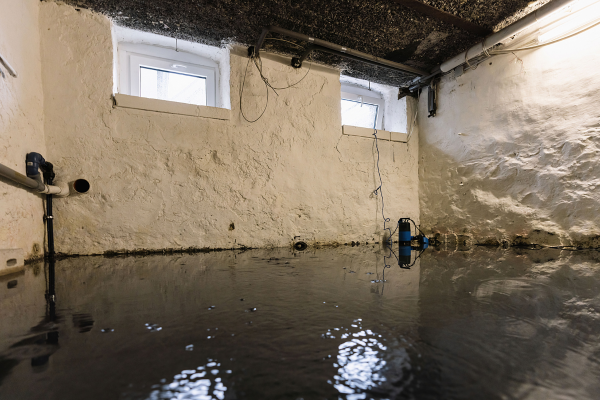
Several factors contribute to basement water leaks. One of the most common causes is inadequate drainage around the foundation. Water can accumulate near the foundation walls, especially after heavy rainfall, leading to seepage through cracks and joints. Additionally, hydrostatic pressure from saturated soil can force water into the basement. Another prevalent issue is foundation cracks, which can develop over time due to house settling, poor construction, or seismic activity. Identifying these causes is the first step in implementing effective prevention strategies.
Weather conditions also play a significant role in basement leaks. Seasonal changes, particularly during spring thaw or heavy rain seasons, can significantly increase the risk of water intrusion. Basements in regions with high groundwater levels are especially susceptible. It’s essential for homeowners to be aware of their local climate and geographical features, as these factors can dictate the type of waterproofing methods that will be most effective in their specific situation.
Proper Landscaping And Outdoor Maintenance
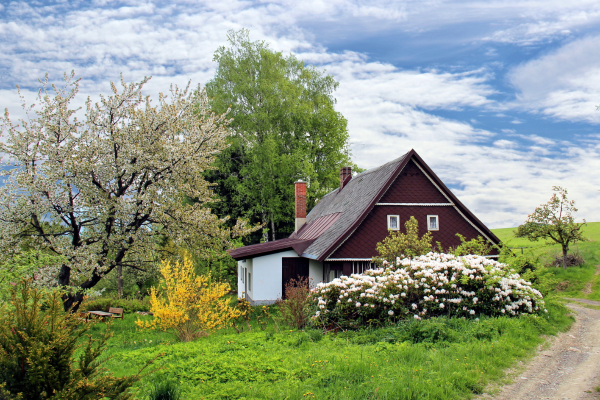
Landscaping is a critical factor in preventing water from reaching the basement. The ground surrounding the home should slope away from the foundation to encourage water to drain outward, rather than pooling near the walls. This can be achieved through grading or installing drainage systems like French drains. Moreover, plants and trees should be strategically placed to avoid root growth that can damage the foundation and exacerbate water issues.
Gutter and downspout maintenance is equally important in managing water flow around the house. Clogged gutters can cause water to spill over and accumulate around the foundation, leading to potential leaks. Homeowners should regularly clean and inspect their gutters and downspouts, ensuring they are free of debris and properly directing water away from the house. Extending downspouts further from the foundation is also an effective strategy to prevent water accumulation in critical areas.
Sealing Cracks And Openings
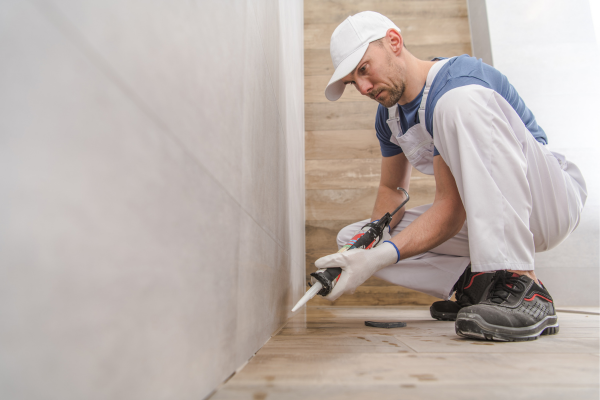
Identifying and sealing cracks in basement walls and floors is essential in preventing water ingress. Over time, structures can develop fissures due to natural settling or external pressures. Homeowners should regularly inspect their basements for any signs of cracks or openings, no matter how small. Once identified, these can often be sealed with waterproof masonry sealants. This process not only blocks current leaks but also helps to prevent future ones.
The choice of sealant is crucial. Epoxy or polyurethane-based products are recommended for their durability and effectiveness in sealing against water penetration. The application process requires thorough cleaning of the crack area before applying the sealant to ensure a strong bond. For larger cracks or those showing signs of structural damage, it may be necessary to consult a professional. They can provide more extensive repair solutions, such as injecting the cracks with specialized materials.
Interior Waterproofing Solutions
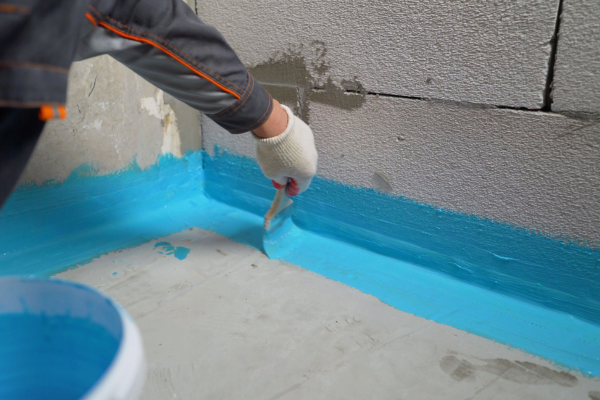
Interior waterproofing methods are varied and can be tailored to the specific needs of a basement. Applying water-resistant paints or sealants to the interior walls can act as a barrier against minor dampness and condensation. These products are readily available and can be applied as a DIY project. However, for more severe moisture problems, more robust solutions like interior weeping tile systems might be necessary. These systems capture and redirect water away from the basement, effectively keeping the space dry.
Another key element in managing interior moisture is the use of dehumidifiers and sump pumps. Dehumidifiers help to reduce the overall humidity levels in the basement, preventing condensation and mold growth. Sump pumps are vital in areas prone to flooding, as they actively remove water that accumulates in the basement, especially during heavy rains. Proper placement and regular maintenance of these devices are crucial for their effective operation.
Exterior Waterproofing Techniques
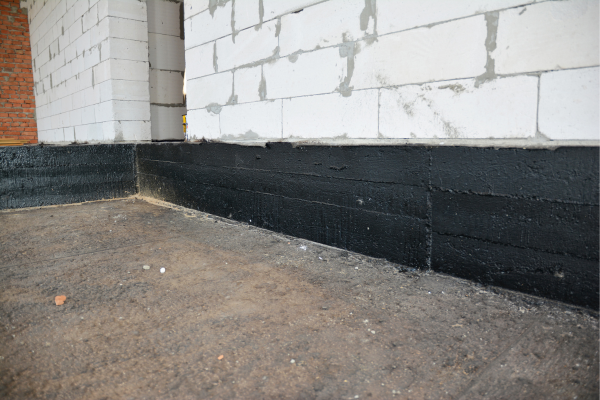
Exterior waterproofing is often considered the most effective method for preventing basement water leaks. This approach involves applying a waterproof membrane or coating to the exterior walls of the basement. The process can be labor-intensive, as it typically requires excavation around the foundation. However, this method provides a strong barrier against water and can significantly extend the life of the foundation.
In addition to membrane installation, proper drainage is vital. Installing exterior weeping tiles or drainage pipes helps direct water away from the foundation. Backfilling the excavated area with gravel or other porous materials can also enhance drainage, reducing hydrostatic pressure against the basement walls. These measures, when combined, offer a robust defense against water intrusion.
Regular Inspection And Maintenance
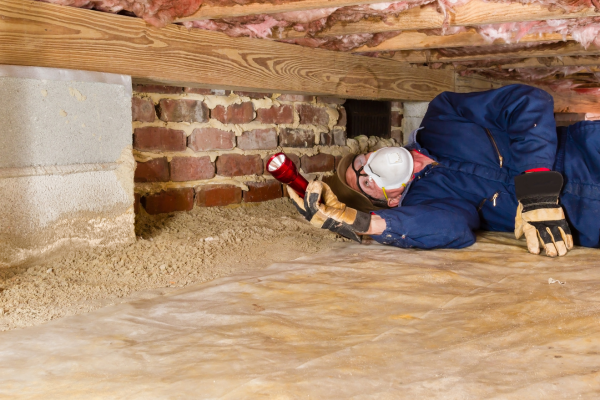
Regular inspection and maintenance are critical for early detection and prevention of potential water leaks. Homeowners should schedule routine checks of their basement, particularly after heavy rains or rapid snowmelt. These inspections should include looking for any signs of moisture, such as damp spots, peeling paint, or mold growth. Checking external components like gutters, downspouts, and the landscape grading is also vital.
A maintenance checklist can be incredibly helpful. This should include cleaning gutters, checking sump pumps and dehumidifiers, inspecting the foundation for cracks, and ensuring the proper functioning of installed waterproofing systems. Timely addressing any issues discovered during these inspections can prevent minor problems from escalating into major water leakages.
Professional Solutions And When To Seek Help

There are instances when professional intervention is necessary for basement waterproofing. Persistent water leaks, significant foundation cracks, or high water tables often require expertise beyond the average homeowner’s capabilities. Professionals can offer a range of services, from comprehensive assessments to installation of advanced waterproofing systems.
Professional waterproofing companies usually start with an in-depth assessment of the basement and surrounding area to identify the root cause of the problem. They can then recommend and implement solutions such as internal or external drainage systems, crack injections, or foundation repairs. Seeking professional help not only ensures a thorough job but also provides peace of mind through warranties and expert advice.
The Bottom Line
In conclusion, preventing basement water leaks is a multifaceted task that requires vigilance, regular maintenance, and sometimes professional intervention. From simple tasks like maintaining gutters and landscaping to more complex solutions like installing waterproofing systems, each step plays a crucial role in keeping basements dry. Homeowners should adopt a proactive approach, addressing potential issues before they escalate into major problems. Ultimately, the effort put into preventing water leaks is a wise investment in preserving the value and integrity of a home.


